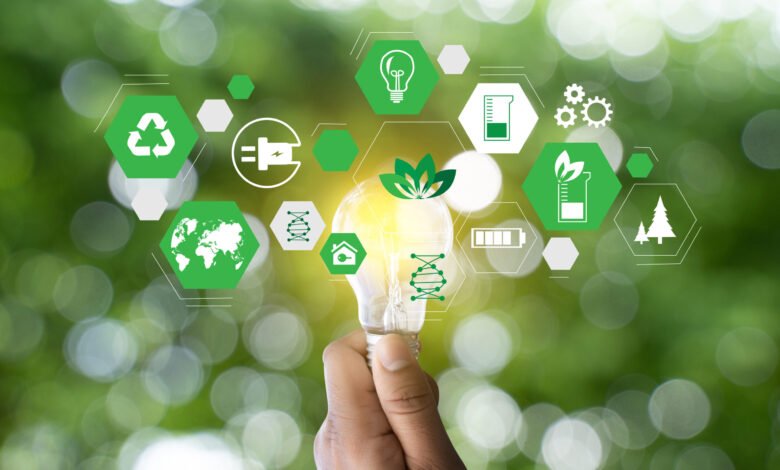
Introduction
In an era marked by growing environmental concerns and the urgent need to combat climate change, technology is emerging as a powerful ally in the fight to save our planet. From innovative energy solutions to eco-friendly gadgets and sustainable manufacturing processes, the world of technology is making significant strides toward a more sustainable future. In this blog, we will explore how technology is playing a pivotal role in preserving the environment and paving the way for a greener tomorrow.
The Rise of Sustainable Tech
Renewable Energy Sources
Renewable energy technologies such as solar, wind, and hydropower are leading the charge in sustainable tech. Solar panels, for instance, are becoming increasingly efficient and affordable, allowing homeowners and businesses to harness the power of the sun to generate clean electricity. Wind turbines are reaching new heights and capturing wind energy in innovative ways. These technologies reduce our reliance on fossil fuels and significantly lower greenhouse gas emissions.
Electric Vehicles (EVs)
Electric vehicles represent a game-changer in the transportation sector. With advancements in battery technology and charging infrastructure, EVs are becoming more accessible and practical for consumers. They produce zero tailpipe emissions, reducing air pollution and decreasing our carbon footprint. The rise of EVs is a crucial step toward greening the automotive industry.
Waste Reduction and Recycling
Technology is revolutionizing waste management and recycling processes. Smart waste bins equipped with sensors optimize collection routes, reducing fuel consumption and emissions. Innovations in recycling technology are enabling the more efficient and effective recovery of materials from waste streams, reducing the need for raw materials and minimizing environmental degradation.
Internet of Things (IoT) for Conservation
The Internet of Things (IoT) is making its mark in conservation efforts. IoT sensors and devices are helping researchers monitor and protect wildlife and ecosystems. From tracking endangered species to monitoring water quality in rivers and oceans, these technologies provide valuable data for informed conservation decisions.
Sustainable Agriculture
Technology is transforming agriculture into a more sustainable industry. Precision agriculture uses data analytics, GPS technology, and automation to optimize crop yields while minimizing resource usage. Vertical farming and hydroponics enable the cultivation of food in urban environments with minimal water and land requirements.
Conclusion
In a world where environmental preservation is paramount, sustainable technology is taking centre stage. These innovations not only reduce our carbon footprint but also offer practical solutions to pressing environmental challenges. As technology continues to evolve, it holds the key to a greener and more sustainable future for our planet. Embracing sustainable tech is not just an option; it’s a necessity for the well-being of our planet and future generations.
Frequently Asked Questions (FAQs)
Q: How is sustainable tech addressing climate change?
A: Sustainable tech reduces carbon emissions, minimizes waste, and conserves resources, all of which contribute to mitigating climate change. Technologies like renewable energy and electric vehicles are particularly effective in this regard.
Q: Are sustainable tech solutions cost-effective?
A: Many sustainable tech solutions have become more cost-effective over time, with lower operating costs and potential long-term savings. Government incentives and increased consumer demand are driving affordability.
Q: How can individuals contribute to sustainable tech adoption?
A: Individuals can embrace sustainable tech by adopting energy-efficient appliances, reducing water waste, supporting clean energy initiatives, and choosing eco-friendly products. They can also advocate for sustainable practices in their communities.
Q: What are the potential challenges and limitations of sustainable tech?
A: Challenges include high initial costs, infrastructure requirements, and the need for regulatory support. Additionally, the environmental impact of tech production and disposal must be considered.
For more Articles like this, click here.



